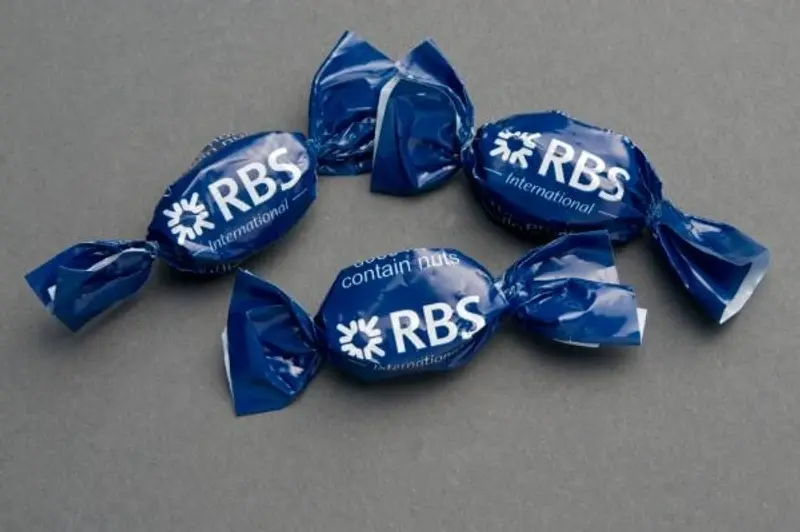
For a bank surrounded by bad news, investors may ask why shares in Royal Bank of Scotland (RBS) has risen by nearly 75% since summer 2012. There's plenty of 'sell' ratings by analysts and the £20.8 billion cap continues to be lambasted by the press. So what's the real story?
There have been several signs that it is recovering from the financial crisis, which led to the government injecting £45 million into the bank to save it from bankruptcy.
First is the perception that it has access to plenty of cheap money to grow its loan book. Indeed, RBS has accessed £1 billion from the government?s Funding for Lending Scheme, which has been designed to provide banks with cheap capital.
Then in October, RBS pulled out of the government?s Asset Protection Scheme (APS), which insured its assets should there be any further problems. RBS has paid £2.5 billion into the scheme, which it joined under the conditions of its bail-out. Withdrawing from the scheme has not only saved the lender £800 million a year in fees, it signals that it no longer needs such protection.
But a closer look at RBS shows that all is not well. The bank has recorded losses in each of the four years since its bail-out and consensus predicts worse news when financial results for 2012 are published on 28 February.
The bank is far from danger and is set to report £3.75 billion annual loss, which is almost double the £2 billion it lost in 2011.
At the heart of its problems are provisions for huge fines and compensation payments. The bank paid some £7.2 billion of fines and other charges during the year for the part it played in several scandals, which included manipulating the Libor rate and the miss-selling of payment protection insurance (PPI) and interest rate swaps.
It appears that shareholders looking to gain exposure to the banking industry preferred its peers in the first month of 2013. RBS was the worst performing UK bank in January with its shares jumping only 5.8% to 343.3p during the month. Barclays (BARC), which has also endured its fair-share of scandals in the past few years, showed a 14.7% improvement during the period.
The fines that have been increasing its losses may keep coming. Analysts at Investec predict the bank will not finish paying its fines until 2017.
Indeed, RBS expects to 'meaningfully increase' the £50 million it provided for interest-swap miss-selling in the second quarter of last year. Barclays was charged £450 million during 2012 for its part in the scandal.
Management are also bracing themselves for a huge fine over its manipulation of Libor. Following the £940 million UBS (UBS:NYSE) paid in December they are right to worry. But there could be more than money at stake for the bank when it comes to Libor. Reports suggest the authorities in the US want it to face criminal charges.
As RBS gears up to pay new fines and announce further losses, management are looking to get hold of as much cash as possible. This includes looking at ways to reclaim £100 million of bonus payments paid to its investment bankers.
Other low points for the bank last year include the collapse of its £1.7 billion deal to sell 361 of its branches to Santander (BNC). The Spanish bank pulled out of the deal after two years due to integration and logistical challenges.
It has also failed to secure a buyer for its mergers and acquisitions division, which reports claim the board has decided to close.
The government owns more than 80% of the bank and it is unsurprising to hear that they have not received a single enquiry from a potential buyer. RBS chairman Sir Philip Hampton wishes to start selling down the government?s stake before 2015?s election. No one can accuse him of being a pessimist.




